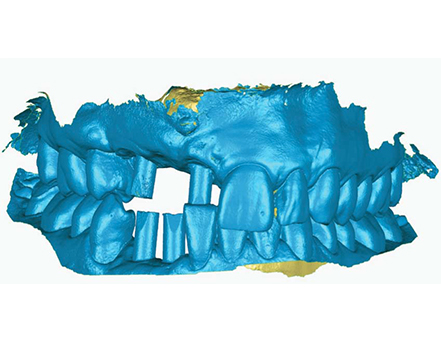Digital registration of peri-implant transmucosal portion and pontic area in the esthetic zone

Published: 18 December 2017
Abstract Views: 1160
pdf: 556
HTML: 17
HTML: 17
Publisher's note
All claims expressed in this article are solely those of the authors and do not necessarily represent those of their affiliated organizations, or those of the publisher, the editors and the reviewers. Any product that may be evaluated in this article or claim that may be made by its manufacturer is not guaranteed or endorsed by the publisher.
All claims expressed in this article are solely those of the authors and do not necessarily represent those of their affiliated organizations, or those of the publisher, the editors and the reviewers. Any product that may be evaluated in this article or claim that may be made by its manufacturer is not guaranteed or endorsed by the publisher.


 https://doi.org/10.23805/jo.2017.09.04.01
https://doi.org/10.23805/jo.2017.09.04.01







